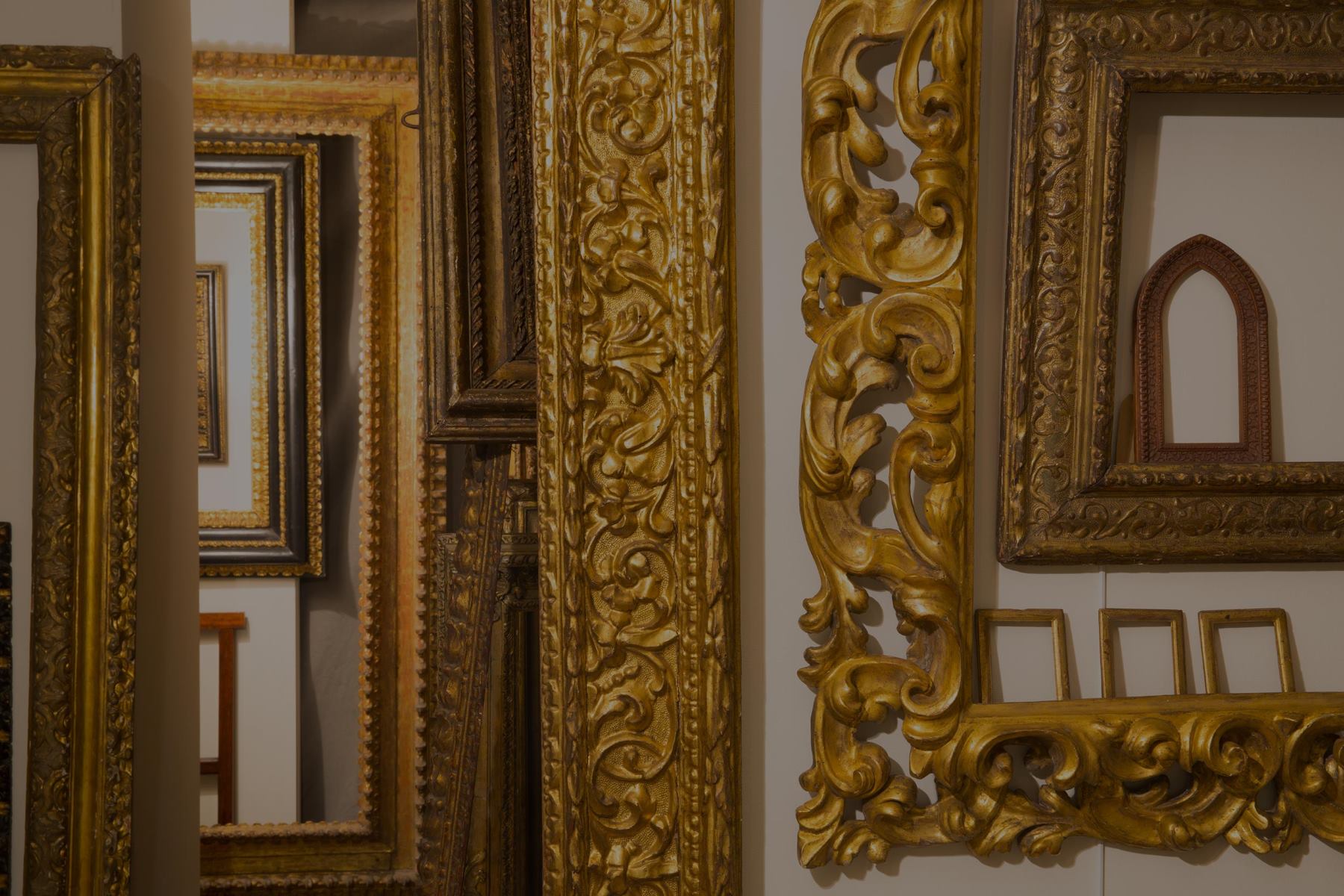

Articles
How To Identify Antique Picture Frames
Modified: December 7, 2023
Learn how to identify antique picture frames with these informative articles. Discover tips and tricks for recognizing valuable frames and understanding their history.
(Many of the links in this article redirect to a specific reviewed product. Your purchase of these products through affiliate links helps to generate commission for Storables.com, at no extra cost. Learn more)
Introduction
Welcome to the fascinating world of antique picture frames! Whether you have stumbled upon an old frame in your attic or are a passionate collector, understanding the unique characteristics and value of these treasures is essential. Antique picture frames not only provide a protective casing for artwork, but they also represent a slice of history and can add a touch of elegance to any space.
In this article, we will explore the key aspects of identifying antique picture frames, assessing their condition, researching their history, and valuing them. Additionally, we will provide valuable tips for the care and preservation of these remarkable pieces.
Antique picture frames are more than just decorative items; they are reflections of the craftsmanship, materials, and styles prevalent during a particular period. By familiarizing ourselves with these elements, we can gain a deeper appreciation for the artistic and historical significance of these frames.
Throughout history, numerous materials have been used to create picture frames. From the intricate wooden frames of the Renaissance to the opulent gilded frames of the Victorian era, each material tells a unique story. Understanding the materials used in antique frames can help us determine their age and value.
Styles and designs also play a significant role in identifying antique picture frames. Decorative ornaments, such as carved motifs, filigree, or embossed details, can provide clues about the period and artistic movements that influenced their creation. By examining these features, we can gain insights into the aesthetics and design sensibilities of the time.
Moreover, antique picture frames often possess distinctive features that set them apart from modern reproductions. Hidden dovetails, miter joints, and hand-carved embellishments are just a few examples of the craftsmanship that antique frames exhibit. These unique details can indicate the authenticity and quality of a frame.
In the following sections, we will delve deeper into each aspect of antique picture frames, sharing insights and tips to help you identify, assess, research, and value these captivating pieces. So, let’s start our journey into the world of antique picture frames!
Key Takeaways:
- Understanding the materials, styles, and unique features of antique picture frames is crucial for identifying their age, origin, and significance, allowing for a deeper appreciation of their craftsmanship and artistry.
- Assessing the condition, researching the history, valuing, and preserving antique picture frames require attention to detail, historical context, and collaboration with experts, ensuring the longevity and cultural value of these remarkable pieces.
Read more: How To Repair Antique Picture Frames
Understanding Antique Picture Frames
Antique picture frames come in a variety of materials, styles, and designs, each with its own unique features. By understanding these elements, we can gain valuable insights into the history and value of these remarkable pieces.
Materials Used in Antique Picture Frames
Antique picture frames have been crafted from a wide range of materials over the centuries. Here are some of the most common materials used:
- Wood: Wood is one of the most prevalent materials in antique frames. Different types of wood, such as oak, walnut, mahogany, and pine, were popular depending on the era and region.
- Gold Leaf: Gilded frames, covered in a thin layer of gold leaf, were highly prized during the Renaissance and Baroque periods. The gold leaf was meticulously applied and often embellished with intricate carvings and decorative motifs.
- Gesso: Gesso is a mixture of chalk, gypsum, and glue that was used as a base layer on wooden frames. It provided a smooth surface for painting or gilding.
- Metal: Metal frames, made of materials like brass, bronze, or silver, were commonly used during the Art Nouveau and Art Deco periods. These frames showcased geometric shapes and elegant designs.
Styles and Designs of Antique Picture Frames
Antique picture frames exhibit a wide range of styles and designs, each reflecting the artistic trends of its time. Here are a few notable styles:
- Renaissance Frames: Renaissance frames are characterized by their ornate carvings, often depicting motifs inspired by classical architecture and mythology. These frames were typically made of wood and adorned with gold leaf.
- Baroque Frames: Baroque frames feature extravagant, intricate designs with elaborate carvings and scrolls. They were renowned for their opulent gold leaf finish and were commonly found in churches and palaces.
- Victorian Frames: Victorian frames embraced the romantic, Gothic Revival, and Rococo styles. They often featured intricate patterns and motifs, such as flowers, leaves, and cameo portraits. Some Victorian frames were made with a combination of wood and plaster.
- Art Nouveau Frames: Art Nouveau frames emerged in the late 19th century and were known for their organic, flowing designs inspired by nature. They often featured curved lines, floral patterns, and the use of materials like brass and copper.
Unique Features of Antique Picture Frames
Antique picture frames possess unique features that distinguish them from their modern counterparts. These features may include:
- Hand-carved details: Antique frames often showcase intricate, hand-carved details, reflecting the craftsmanship of skilled artisans. These details can range from delicate filigree patterns to bold and dramatic motifs.
- Ornate corner embellishments: Antique frames may have corner embellishments, such as rosettes or acanthus leaves, adding a touch of elegance and sophistication.
- Old glass: Antique frames may have original glass, which might exhibit subtle imperfections like bubbles or ripples. This can provide valuable insights into the age and authenticity of the frame.
By familiarizing ourselves with the different materials, styles, and unique features of antique picture frames, we can develop a discerning eye and a deeper appreciation for the artistry and craftsmanship that went into their creation.
Read more: How To Clean Antique Picture Frames
Assessing the Condition of Antique Picture Frames
When it comes to antique picture frames, assessing their condition is crucial in determining their value and potential for restoration. Examining the signs of age and wear, as well as identifying any damage and restoration, can provide valuable insights into the frame’s history and overall condition.
Signs of Age and Wear
Antique picture frames have stood the test of time and may show various signs of age and wear. Here are some common indicators to look out for:
- Patina: Frames made of materials like wood or metal can develop a desirable patina over time. Patina refers to the natural aging and oxidation that leaves a unique, mellowed appearance on the surface of the frame.
- Surface scratches and abrasions: Repeated handling and exposure to the environment can lead to surface scratches and abrasions on the frame. These imperfections are considered normal for antique frames.
- Discoloration and fading: Frames exposed to sunlight may exhibit discoloration or fading, especially if they have been painted or gilded. This can add to the charm and character of the frame but should be viewed in relation to its overall condition.
- Worn or missing gilding: Gilded frames may show signs of wear, such as areas where the gold leaf has worn off or is missing. This is typical for antique frames and can add to their authentic appearance.
Damage and Restoration
Antique frames can experience various types of damage over time. Identifying any damages and recognizing whether they have been restored can significantly impact the value of the frame. Here are some common types of damage and restoration:
- Cracks or chips: Frames made of wood or plaster are prone to cracks and chips. These damages can occur due to changes in temperature and humidity or mishandling. If well-restored, these damages should be barely visible, and the frame should be structurally sound.
- Loss of decorative elements: Antique frames may have missing or damaged decorative elements, such as carved motifs or corner embellishments. Proper restoration should aim to replace or replicate these elements in an accurate and sympathetic manner.
- Warped or misaligned corners: Over time, some frames may develop warped or misaligned corners. This can result from changes in humidity or insufficient structural support. Restoration should address these issues to restore the frame’s integrity and stability.
- Previous repairs or alterations: Antique frames may have undergone previous repairs or alterations. It is important to assess whether these restorations have been done professionally and if they match the original materials and techniques.
Assessing the condition of an antique picture frame requires a keen eye and attention to detail. While signs of age and wear are expected, significant damage or subpar restoration can significantly impact an antique frame’s value and authenticity.
By carefully examining the signs of age and wear, as well as identifying any damage and restoration, you will be better equipped to evaluate the overall condition and historical integrity of the antique picture frame.
Researching and Identifying Antique Picture Frames
Researching and identifying antique picture frames is a fascinating journey that involves exploring historical context, examining markings and signatures, and utilizing reference materials and resources. By delving into these aspects, we can uncover valuable insights and accurately determine the age, origin, and significance of the frame.
Historical Context and Periods
Understanding the historical context and different periods of art and design is crucial in identifying antique picture frames. Each era has distinctive characteristics and styles that can help determine the frame’s age and origin. Some notable periods include:
- Renaissance: Known for its grandeur and ornate designs, Renaissance frames often feature intricate carvings and classical motifs.
- Baroque: Baroque frames are characterized by their opulence, elaborate decorations, and dramatic gilding.
- Victorian: Victorian frames reflect the romantic, Gothic Revival, and Rococo styles, with intricate patterns and motifs.
- Art Nouveau: Art Nouveau frames are known for their organic shapes, fluid lines, and nature-inspired designs.
By understanding the artistic movements and historical periods that influenced the creation of antique frames, we can make informed assessments and connections.
Markings and Signatures
Markings and signatures can provide valuable clues about the origin and authenticity of antique picture frames. Here are some key aspects to consider:
- Artist signatures: Some frames may bear the signature of the artist who designed or created the frame. Researching the artist can shed light on their style and historical significance.
- Manufacturer’s marks: Certain frames may have the manufacturer’s mark or stamp, indicating the company responsible for its production. By identifying these marks, you can trace the frame back to its origin.
- Date inscriptions: Antique frames may include inscriptions indicating the year of creation or the occasion for which they were made. These inscriptions can provide valuable information in determining the frame’s age.
- Labels or tags: Some frames may have labels or tags from galleries, museums, or previous owners. These labels can offer insights into the frame’s provenance and its journey over time.
Reference Materials and Resources
Utilizing reference materials and resources is crucial in the process of researching and identifying antique picture frames. Here are some valuable sources to consider:
- Books and catalogs: Books dedicated to the history of picture frames and specific periods can provide in-depth information and visual references.
- Online databases and archives: Online databases and archives of art collections, museums, and galleries can offer access to a wealth of information, including high-resolution images for comparison.
- Specialized forums and communities: Online communities or forums focused on antique picture frames can be an excellent source of knowledge and expertise. Engaging with these communities can provide valuable insights and guidance.
- Antique dealers and appraisers: Seeking the assistance of reputable antique dealers and appraisers can provide expert opinions, historical context, and access to specialized knowledge.
By utilizing these reference materials and resources, you can enhance your understanding of antique picture frames and make well-informed assessments and identifications.
Researching and identifying antique picture frames is a rewarding endeavor that requires a combination of historical knowledge, attention to details, and access to relevant resources. By immersing yourself in the world of antique frames, you can unlock the stories and secrets hidden within these remarkable pieces.
Pricing and Valuing Antique Picture Frames
Determining the price and value of antique picture frames involves considering various factors that influence their worth. Understanding these factors and working with appraisers and experts can help you accurately assess the value of an antique frame.
Read more: How To Identify Antique Vases
Factors That Influence Value
Several key factors play a significant role in determining the value of an antique picture frame. These factors include:
- Rarity: The rarity of a frame, especially if it is from a particular period or made by a renowned artist or manufacturer, can significantly impact its value. Frames that are unique or scarce are often more sought after by collectors.
- Condition: The overall condition of the frame is crucial in determining its value. Frames in excellent condition, with minimal damage or restoration, are generally more valuable than those with significant wear or repairs.
- Materials and craftsmanship: Frames made of high-quality materials, such as solid wood or precious metals like gold or silver, tend to have a higher value. Additionally, frames that exhibit exceptional craftsmanship, intricate carvings, or elaborate decoration are typically more valuable.
- Historical significance: Frames associated with historically significant events, notable artists, or important cultural movements often hold greater value. The historical context and provenance of the frame can contribute to its overall worth.
- Demand and market trends: Market demand and current trends in the art and antique market can influence the value of antique frames. Factors such as changing tastes, collector preferences, and auction prices can impact how much someone is willing to pay for a particular frame.
Working with Appraisers and Experts
When it comes to determining the value of an antique picture frame, it is often beneficial to seek the expertise of appraisers and specialists in the field. Here are some tips for working with appraisers and experts:
- Choose a reputable appraiser: Look for appraisers who specialize in antique frames or possess expertise in art and antiques in general. Ensure they have relevant credentials and a track record of providing accurate and unbiased appraisals.
- Provide all relevant information: When working with an appraiser, provide them with as much information as possible about the frame, including any documented history, markings, or provenance.
- Consider multiple opinions: Obtaining multiple appraisals or seeking opinions from different experts can give you a more comprehensive understanding of the frame’s value. This can help you make informed decisions when it comes to selling or insuring the frame.
- Stay informed: Educate yourself about current market trends, auction results, and comparable sales of antique frames. Being knowledgeable about the market can help you navigate the valuation process and make informed decisions.
Working with appraisers and experts can provide valuable insights into the value of an antique picture frame. Their expertise and knowledge of the market can help you determine a fair and accurate valuation.
It is essential to remember that valuing antique picture frames can sometimes be subjective, and market conditions can fluctuate. Therefore, assessing the value of a frame should be approached with an open mind and a willingness to consider different perspectives.
By considering the various factors that influence value and working with appraisers and experts, you can gain a better understanding of the worth of an antique picture frame and make informed decisions about its sale, purchase, or insurance.
Tips for Care and Preservation of Antique Picture Frames
Preserving the beauty and integrity of antique picture frames is essential to maintain their value and prolong their lifespan. With proper care and preservation techniques, you can ensure that these exquisite pieces continue to enchant future generations. Here are some tips to help you care for and preserve antique picture frames:
1. Display and Storage
- Choose an appropriate location: Display antique frames away from direct sunlight, as prolonged exposure can cause fading and damage to the materials.
- Avoid excessive humidity and temperature changes: Extreme humidity and temperature fluctuations can lead to warping, cracking, and deterioration of the frame. Keep antique frames in a stable environment with moderate temperature and humidity levels.
- Use UV-filtering glass or acrylic: Museum-grade glass or acrylic with UV protection can help reduce the harmful effects of ultraviolet radiation on the artwork and frame.
- Proper hanging: Hang frames securely, ensuring they are level and properly supported to avoid strain on the frame and potential damage to the artwork.
- Consider rotation: If feasible, rotate the display of your antique frames periodically to minimize prolonged exposure to light and environmental conditions.
- Stores frames in acid-free tissue or archival materials: If you need to store frames, wrap them in acid-free tissue paper or use archival materials to protect them from damage and discoloration.
Read more: How To Identify Antique Persian Rugs
2. Cleaning
- Gently dust frames regularly: Use a soft, dry brush or a microfiber cloth to gently remove dust and debris from the frame’s surface.
- Avoid using harsh chemicals: Do not use abrasive cleaners or chemical solvents on antique frames, as they may damage the finish or delicate materials.
- Clean with a mild solution: If necessary, lightly dampen a soft cloth with a mild, non-abrasive cleaning solution and gently wipe the frame. Ensure that the cloth is not overly wet, as excessive moisture can cause damage.
- Test cleaning products first: Before cleaning, test any cleaning products on a small, inconspicuous area of the frame to ensure they do not cause any adverse reactions.
3. Handling
- Handle with clean hands: When handling antique frames, make sure your hands are clean and free from oils, lotions, or other substances that may transfer onto the frame and cause damage.
- Safely remove artwork: When removing artwork from a frame, do so carefully and with clean hands to prevent any accidental damage to the frame or the artwork.
- Support the frame when moving: Always support the frame from the sides when moving it to avoid putting pressure on delicate areas or joints.
4. Professional Conservation and Restoration
- Consult a professional conservator: If your antique frame requires extensive restoration or conservation work, seek the expertise of a professional conservator who specializes in antique frames.
- Document any restoration work: If you have restoration work done on your antique frame, keep detailed records, including photographs and documentation of the process, materials used, and the conservator’s information.
By following these care and preservation tips, you can ensure that your antique picture frames remain in good condition and retain their aesthetic and historical value for years to come. Remember, proper care and preservation not only enhance the beauty of these valuable pieces but also contribute to their longevity and the enjoyment they bring.
Conclusion
Antique picture frames are more than just decorative accents; they are gateways to history and artistry. Each frame tells a story, reflecting the craftsmanship, materials, and styles of a particular era. By understanding and appreciating these unique pieces, we can truly grasp their value and significance.
In this article, we have explored the various aspects of antique picture frames, from understanding the materials, styles, and unique features, to assessing their condition and researching their history. We have also delved into the process of valuing these frames and provided valuable tips for their care and preservation.
To identify antique picture frames, we have learned about the materials used, the styles and designs prevalent in different periods, and the unique features that set them apart from modern reproductions. By familiarizing ourselves with these details, we can develop a discerning eye and a deeper appreciation for the craftsmanship and artistry that went into creating these frames.
Assessing the condition of antique picture frames requires attention to signs of age and wear, as well as an understanding of any damage and restoration. By carefully examining these factors, we can determine the overall condition and historical integrity of the frame.
Researching and identifying antique picture frames involves understanding the historical context, examining markings and signatures, and utilizing reference materials and resources. By immersing ourselves in these aspects, we can unravel the stories behind these frames and accurately determine their age, origin, and significance.
Pricing and valuing antique picture frames require considering factors such as rarity, condition, materials, craftsmanship, and market demand. Working with appraisers and experts can provide valuable insights and ensure an accurate assessment of the frame’s value.
Finally, caring for and preserving antique picture frames involves proper display and storage, cleaning techniques, careful handling, and, when necessary, the expertise of professional conservators. By following these tips, we can ensure the longevity and beauty of these cherished pieces.
Whether you are an avid collector or have come across an antique frame in your family’s possessions, understanding and appreciating these remarkable pieces will deepen your admiration for their artistry and historical significance. So, embark on your journey into the world of antique picture frames, and unlock the stories they hold within their beautifully crafted borders.
Frequently Asked Questions about How To Identify Antique Picture Frames
Was this page helpful?
At Storables.com, we guarantee accurate and reliable information. Our content, validated by Expert Board Contributors, is crafted following stringent Editorial Policies. We're committed to providing you with well-researched, expert-backed insights for all your informational needs.

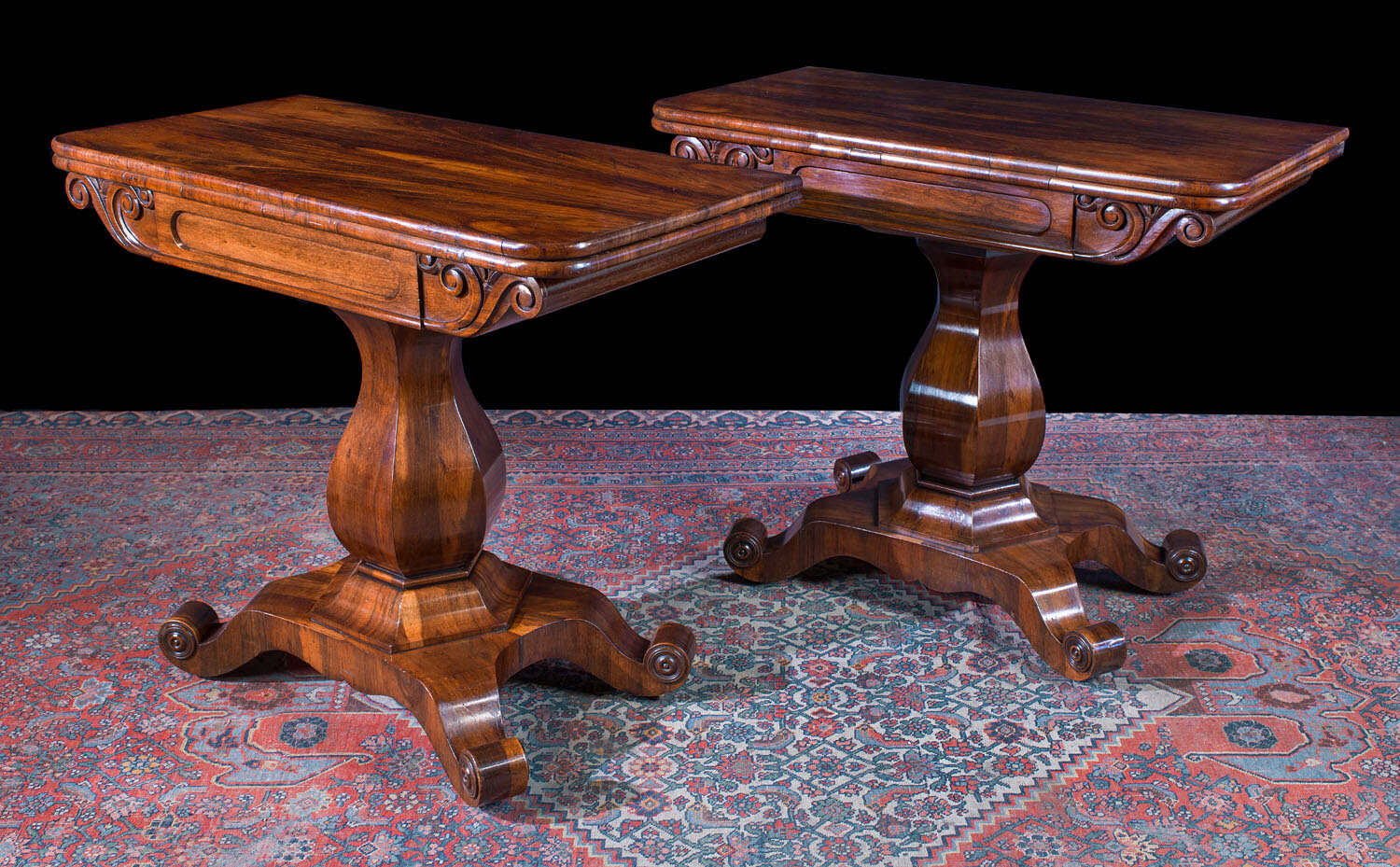
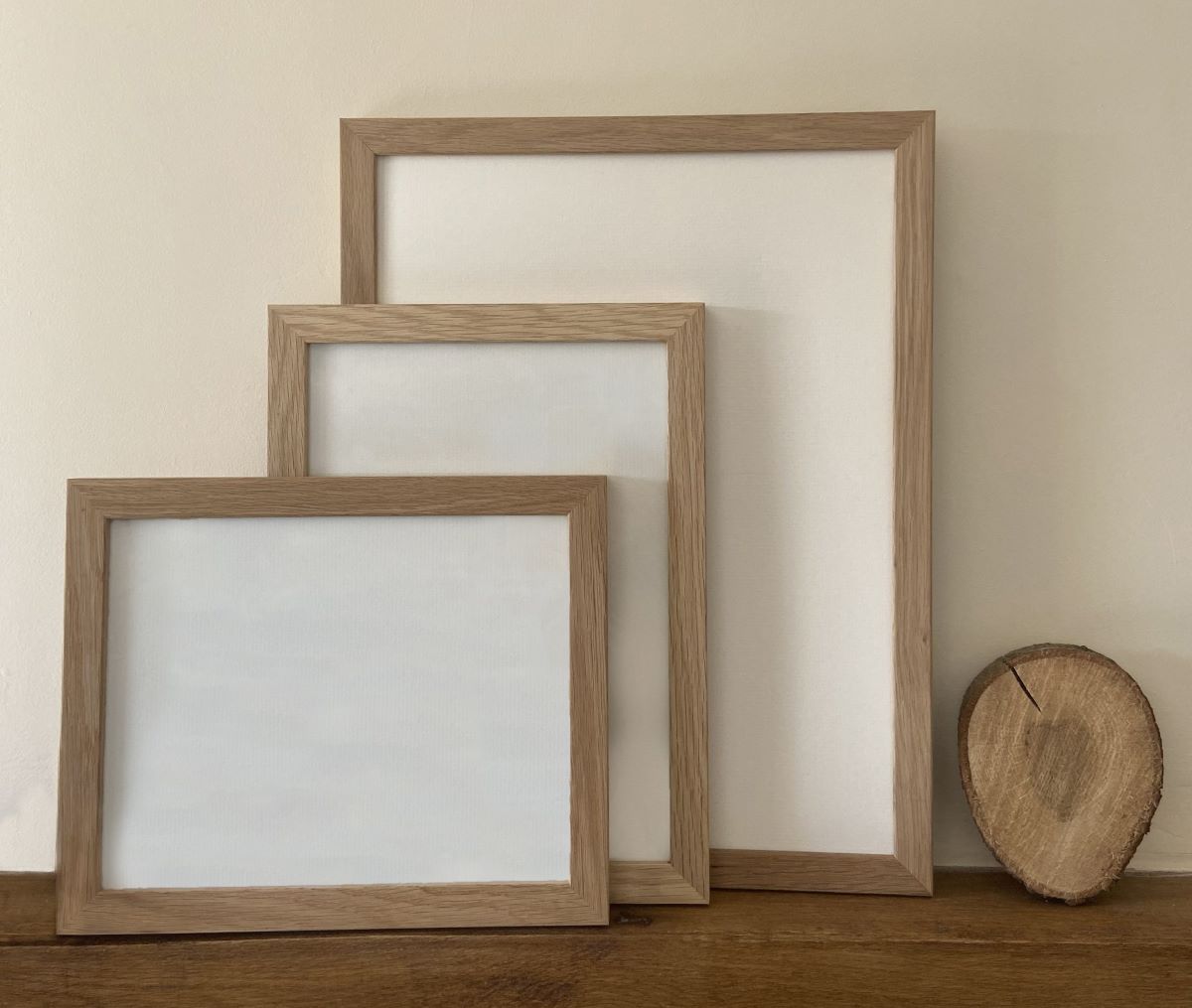

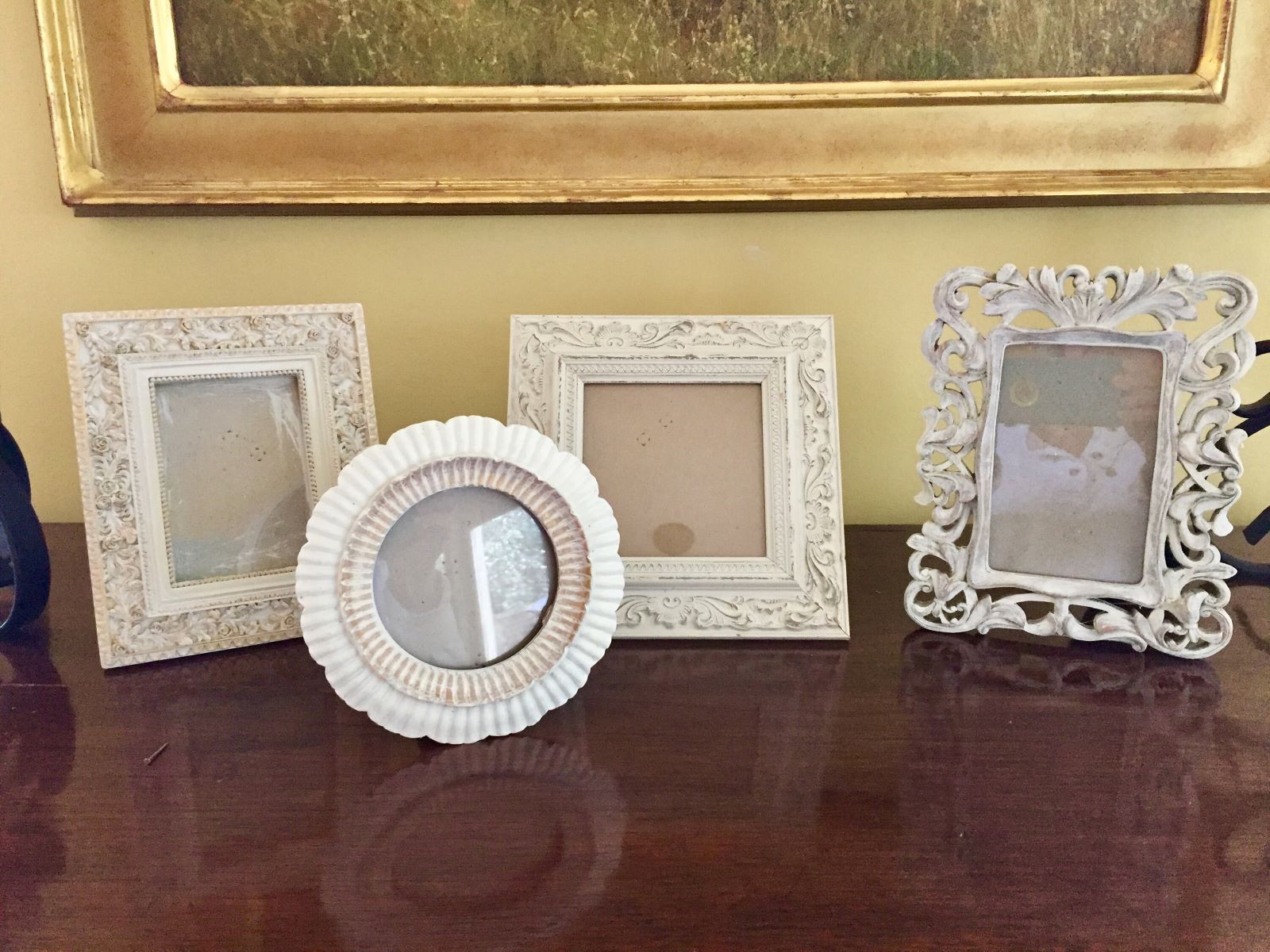


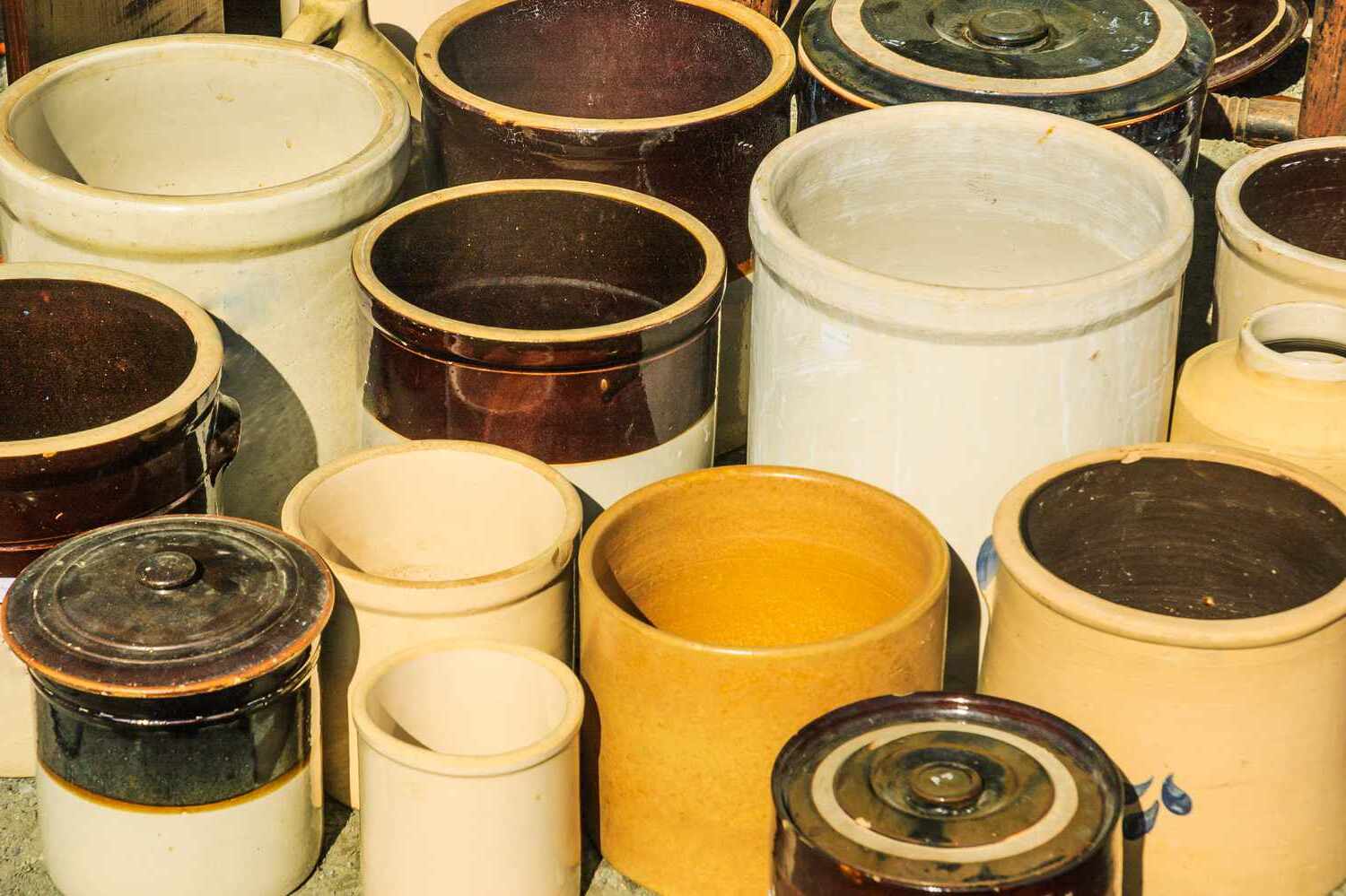

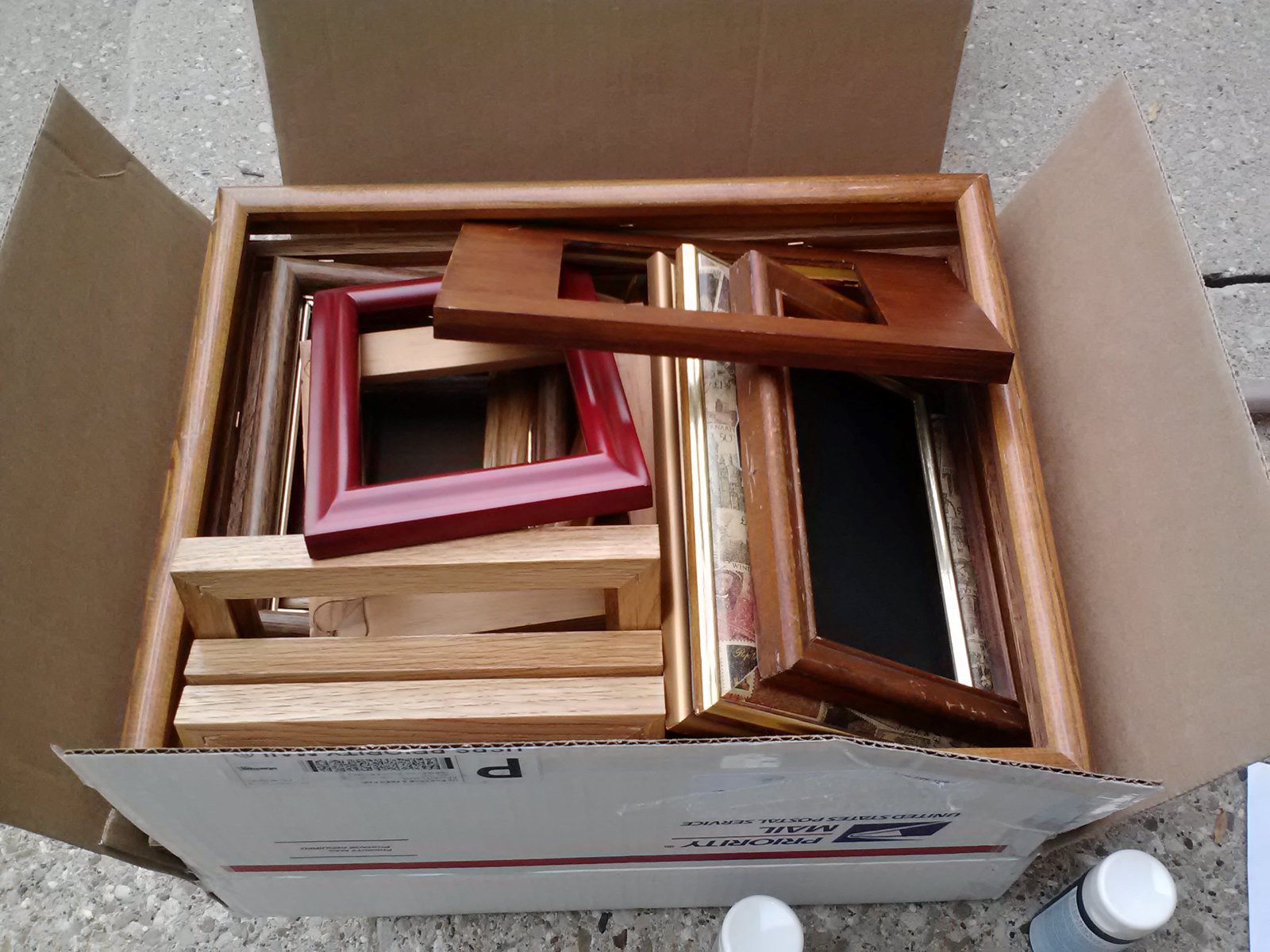
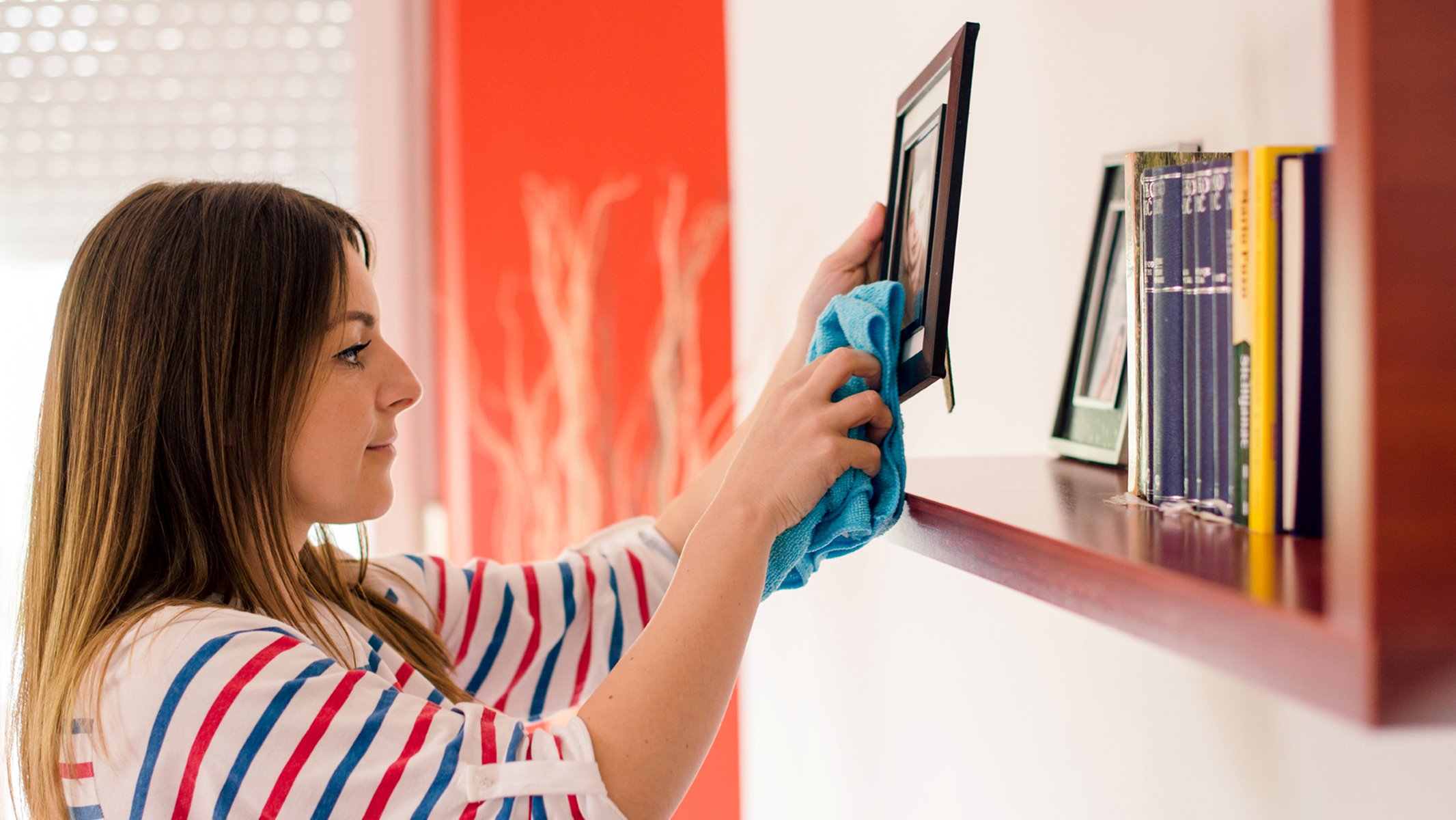

0 thoughts on “How To Identify Antique Picture Frames”